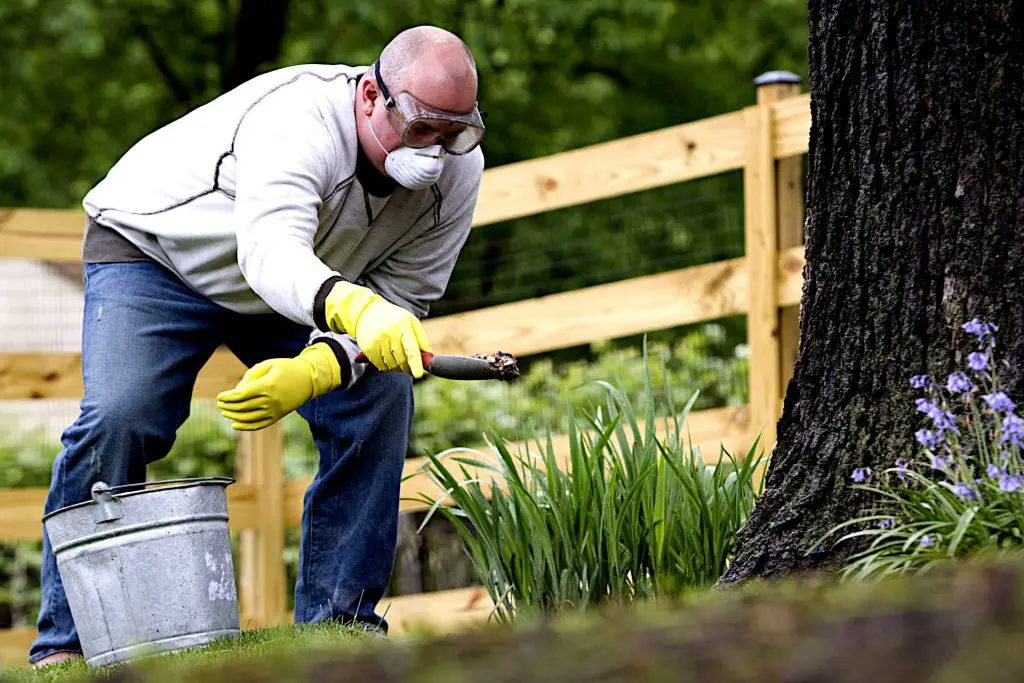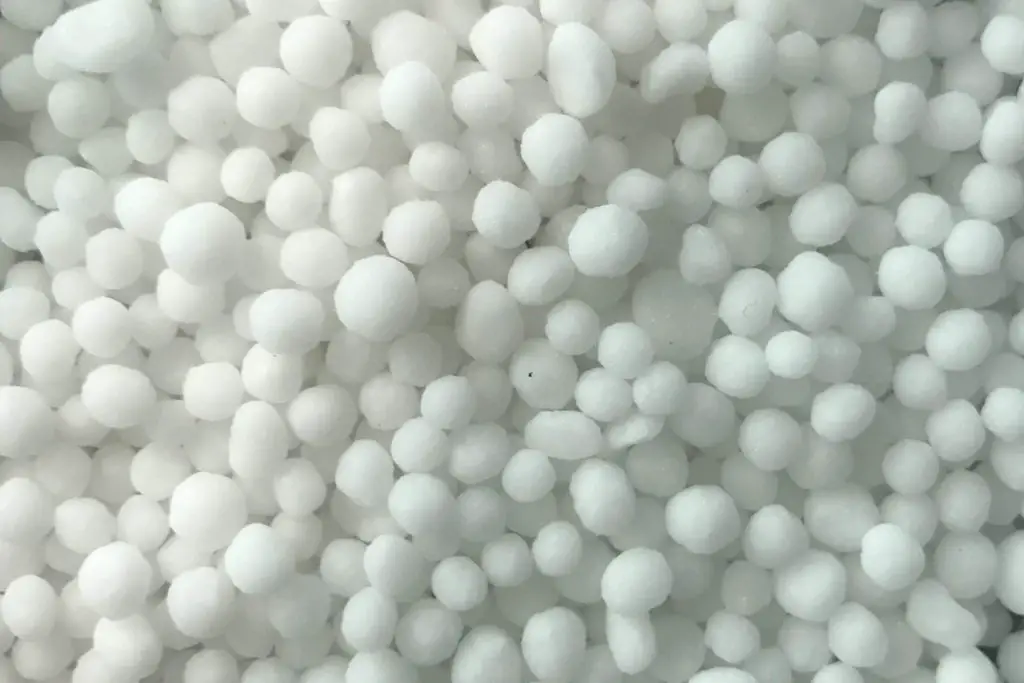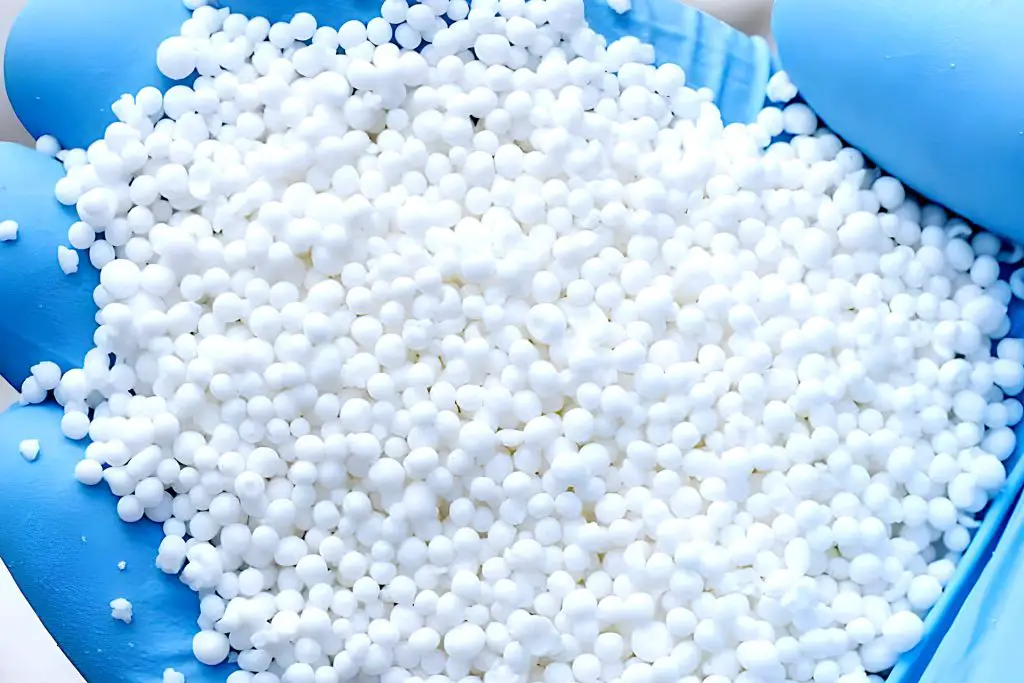Using Urea in The Garden – Plant Growing Magic?
Urea is an agricultural by-product that is widely used in fertilizers, as a soil additive, and in the production of explosives. Urea can also be used as a plant fertilizer or added to compost. Urea is high in nitrogen, one of the three essential nutrients for plants.
Urea is therefore an excellent amendment for use in the garden. It can be added to soil as a quick-release fertilizer or it can be used as a component of compost. There are however a few drawbacks that you need to be aware of when using urea in your garden.
Urea is commonly used as a nitrogen-rich fertilizer. It can be applied to the soil, mixed with other fertilizers, or added to compost. Urea has a high nitrogen content and is relatively inexpensive. It is also relatively safe to handle and store.
What is urea used for in the garden?

Urea is a nitrogen-rich compound that is often used in gardening to add nitrogen to the garden soil which in turn helps improve its fertility.
Nitrogen is an essential component of all living cells. Plants, in particular, need nitrogen to create proteins and enzymes that are necessary for growth and development. Nitrogen is also essential for plant photosynthesis and the production of chlorophyll. When soil lacks nitrogen, plants will be stunted and may not produce fruit or flowers.
Adding nitrogen to soil can help improve plant growth and yield. Nitrogen stimulates the production of root hairs, which increases the plant’s ability to absorb water and nutrients from the soil. Nitrogen also helps regulate water uptake, preventing plants from becoming overly hydrated or drought-stressed. Additionally, nitrogen-rich soils are more hospitable to beneficial bacteria and fungi, which help promote healthy plant growth.
Urea Can Promote Green Leafy Growth Improving Garden Aesthetics
The real advantage is that urea when used as a fertilizer in the right amounts, can help promote strong green leafy growth amongst your plants, which results in thriving plants and enhances the visual aesthetic of your garden. Using urea fertilizer provides the needed nitrogen to encourage growth that might not be available in the soil.
Using Urea as a Fertilizer – The Effects of Nitrogen Fertilizer
As we have mentioned, nitrogen is an important element for plant growth, and urea contains a high concentration of nitrogen.
Urea is most commonly available as a fertilizer that you can buy commercially at most garden centers or nurseries and is generally used to improve crop yields by improving the nutrient content available to plants. There are two types of urea fertilizer, standard urea fertilizer which is a quick-release fertilizer, and methylene urea which is combined with other components to slow down the nitrogen release.
When considering using urea it is important to bear in mind that too much nitrogen fertilizer can have a negative effect on your plants, your soil health, and the wider environment at large.
How to Use Urea as a Fertilizer

Urea can be applied to the soil in either granular or liquid form. When applying urea as a fertilizer, it is important to use the correct quantity and to apply it at the correct time. In general, urea should be applied at a rate of 1 pound per 1,000 square feet. It can be applied either once or twice a year, depending on the needs of the plants.
Ammonia is a by-product of urea and can be lost from the soil through leaching. Potassium is another nutrient that is often found in urea fertilizer. When applying urea fertilizer, it is important to use the correct application method for the type of fertilizer.
Understanding the Urea Fertilizer Label?
When you see a fertilizer label that contains the numbers 46-0-0, this means that the fertilizer is made up of 46% nitrogen, 0% phosphorus, and 0% potassium. Nitrogen is an essential nutrient for plants, as it helps them to grow and develop. However, too much nitrogen can be harmful to plants, as it can cause them to become stunted or yellow.
Phosphorus and potassium are also important nutrients for plants, as they help with root growth and plant health. The 46-0-0 fertilizer is a urea fertilizer, which means that it contains enzymes that help break down the nitrogen so that it can be used by plants. This type of fertilizer is good for giving plants a boost of nitrogen, but should not be used all the time, as too much nitrogen can be harmful to plants and the soil.
Can You Use Too Much Urea Fertilizer?
Applying too much urea fertilizer can harm your plants. The high concentration of nitrogen in urea can cause leaf burn, and the ammonia that is released when urea breaks down can lower soil pH. Urea is most effective when applied as a liquid or granule, and rainfall helps to break it down and make it available to plants.
What Are The Disadvantages Of Urea Fertilizer?
Urea fertilizer has several disadvantages. First, it is a source of ammonia, which can be harmful to plants. Second, it is a high nitrogen fertilizer, which can promote plant growth but can also lead to problems with phosphorus uptake. Third, urea fertilizer is not very effective in cold weather.
Environmental Impact
Using large quantities of fertilizers with high nitrogen content can have a detrimental effect on the environment. While nitrogen is essential for plant health, excess nitrogen can run off or evaporate, potentially polluting air and water. Nitrogen is also one of the most damaging greenhouse gases, and thus unnecessary nitrogen release into the atmosphere can also contribute to climate change.
Adding Urea to Compost

Adding urea to compost can be a great way to give your compost pile a boost of extra nitrogen. Urea is a compost activator and accelerant, which can help speed up the decomposition process. However, it’s important to remember that urea is also toxic to microbes, so you’ll need to be careful not to add too much.
The carbon-nitrogen ratio is also important to consider when adding urea to compost. Too much nitrogen can result in volatile compounds being released into the air, which can be harmful to humans and animals.
Urea can be used as a source of extra nitrogen for compost. It is also a compost activator and accelerant. The carbon-nitrogen ratio is an important factor to consider when adding urea to compost.
Is Urea Good for Composting?
Urea is a good compost activator and provides immediate availability of nutrients to bacteria. This means that it can help to speed up the decomposition process, making it an ideal choice for those who want to compost quickly.
Urea is a nitrogen-rich compound that, as we have discussed, is often used as a fertilizer. It is also an excellent compost activator, meaning that it helps to speed up the composting process. It does this by providing immediate access to nutrients for bacteria, helping them work faster and breaking down organic matter more completely. This makes urea an excellent choice as an activator for those who want to compost fast and is especially helpful when trying to compost food scraps quickly.
Another benefit of adding urea to your compost is that it can help stabilize the compost mix helping correct any imbalance in a carbon-heavy pile. If you are composting large amounts of wood chips or cardboard then urea can help kick start the decomposition process.
How Much Urea Should You Add to Compost?
The amount of urea needed depends upon the type of compost you are creating, the size of the compost pile, how long you have been composting, and the amount of time you wish to spend working with the compost. What you are composting also has a considerable bearing on the amount you use.
In general though, for compost piles with large amounts of cardboard, wood chip, or other brown material with a high carbon-nitrogen ratio, then:
- ¾lb of urea per cubic meter of compost at the start.
- keep the pile moist and monitor and monitor the temperature
- add an additional 3oz every few days for a couple of weeks trying to keep the core temperature above 120°F
- turn the pile once a week, or use an aerating system.
Problems with Using Urea as the Only Source of Nitrogen in Compost
As with most helpful substances, there are some drawbacks to using urea. One important problem is if your try to use urea as your only source of nitrogen in the compost. The issue with this is that all of the nitrogen is released early. It is therefore always advisable to have green materials to provide additional nitrogen sources.
This can be problematic for several reasons. The first is that if you add too much urea the elevated nitrogen levels will overwhelm the microbes, and too much nitrogen can be toxic. Another problem is that urea is volatile, if there is too much moisture it will release nitrogen as a gas, causing a nauseous ammonia smell.
Summary: Using Urea in The Garden
In conclusion, urea is a great fertilizer to use in the garden for adding nitrogen into the soil. It can be used as a soil amendment to improve the quality of the soil and as an addition to compost to speed up the decomposition process.
However, it is important to use urea sparingly, as overuse can damage plants and soil ecosystems. In addition, overuse can have environmental consequences in terms of greenhouse gases and water pollution.
Commonly Asked Questions
Can I Use Urea In My Vegetable Garden?
Urea is a type of fertilizer that can be used in vegetable gardens. It is important to follow the directions when applying urea, as too much can damage plants. Urea should be applied to the soil during a tillage operation or to irrigation water. It can also be added to irrigation systems.
